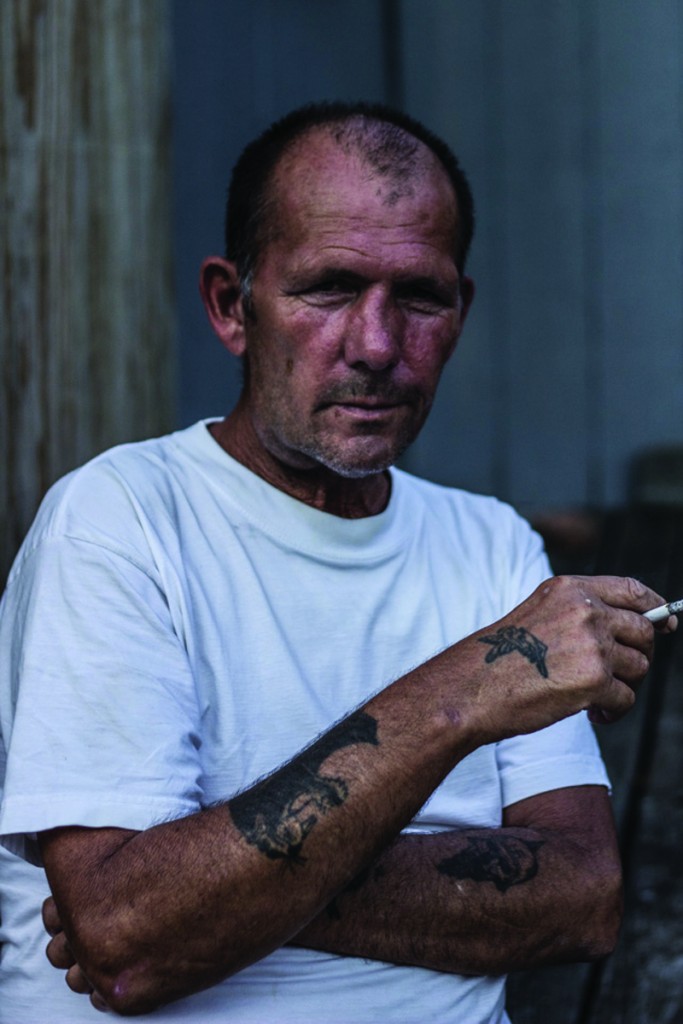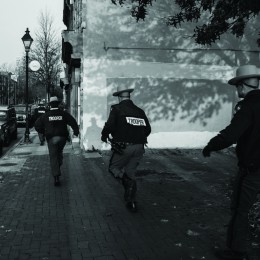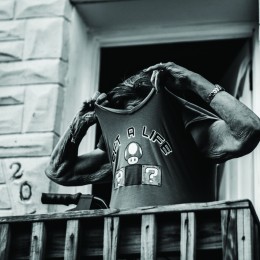A REFLECTION ON THE HISTORY AND IMPORTANCE OF PHOTOJOURNALISM
by Jordan Kolb
In order to understand the way that images shape the way we take in information and the practice of journalism, we have to imagine a world in which almost all of the news that we take in comes through words and not through images. Until the early 1900s, printed news sources were limited to images that came from wooden engravings. Even in the mid-1800s, when it began to be possible to obtain photographs of newsworthy events and people, most still photographs had to be reinterpreted through these engravings before they could be widely reproduced and distributed. It was only in the 1920s with the invention of the 35 mm Leica camera and flash bulbs that photojournalism began to emerge as a significant form of media. The Leica camera in particular eliminated the need for photographers to carry bulky equipment, which in turn allowed them to take pictures less conspicuously and capture more candid moments. The 1930s to 70s became known as the “golden age” of photojournalism, with magazines like Life and Sports Illustrated gaining huge readerships due to their use of photography. The creation of new photojournalism magazines in Germany and America offered a new mode of sharing information by telling stories through pictures. The term “photojournalism” was coined by Frank Luther Mott. Mott was the dean of the University of Missouri School of Journalism—one of the first schools to create a photojournalism program in the mid-20th century.
Photos quickly became a new and often powerful way to tell stories. During the Great Depression, photographers recorded the controversial migration of farmers being resettled. One of the most famous photos collected during this time is Dorothea Lange’s “Migrant Mother”—a striking image of a mother and her children that expresses both the grit and the destitution many Americans were facing. Such photos brought to life the stark contrast between the wealthy and the poor in America and helped foster support for Roosevelt’s social welfare programs.
Photojournalism continued to be an important means of expression during World War II, offering insight into the conflict through pictures that captured terrible moments of the war. Some photographers, such as Robert Capa, even lost their lives while on assignment.
By the 1970s, however, photojournalism began to decline, as it became increasingly difficult for photo-magazines to create enough revenue due to the high costs of production and competition from other forms of media.
Though photo magazines have become rare, images remain an important part of telling news. More recently, smartphones have allowed people to catch important spontaneous moments, and news agencies have on several occasions run images taken by amateurs who happened to be at the right place at the right time with their phones.
And yet, the role of photojournalists remains a vital one, offering us stories at a glance which may convict, enrage, enthrall or terrify us. As David Rhodes noted in a 2013 article for The Atlantic, “Photo editors say that images taken by amateurs can be powerful, but professional photographers are still needed to compose the deeply-layered images that haunt viewers….Without them, the world’s conscience will wither. They bear witness for all of us.”
Sources: ndsu.edu, New World Encyclopedia, The Atlantic
A WORD FROM PHOTOJOURNALIST MATT WOLEK
by Matt Wolek
My goal in documenting south side Baltimore was to make myself step out of the suburban bubble I live in when I am at home. Every day people drive through the south side praying they don’t make eye contact with anyone. They allow the homeless and poor to fade into the urban landscape, and they try not to think about the multitude of problems and suffering people existing in their own city. I began to grow tired of people doing this, so one day I walked into the “ghetto” and started talking to people. I used my camera as a way of revealing a glimpse of their lives and allowing their stories to be heard. I wanted to bring light to these dark places and the issues that are prevalent there. I wanted to highlight the drug and gang problems, as well as the amazing people who are just trying to get by. If by viewing my images just one person has been made aware of the issues that are happening 10 minutes from their front door, then I think the work I have done is well worth it.



